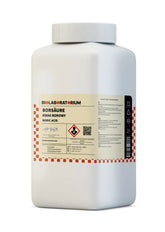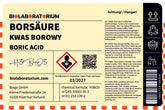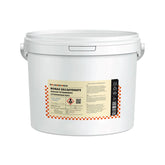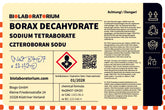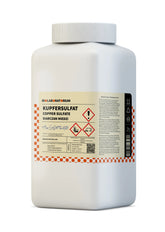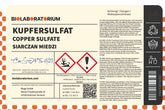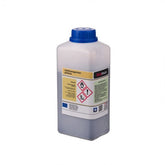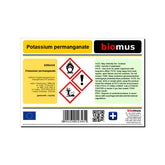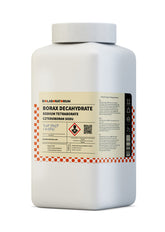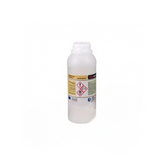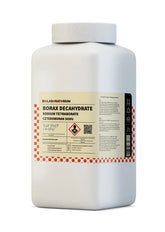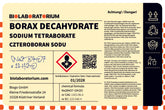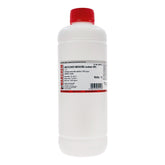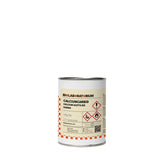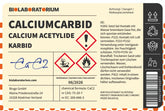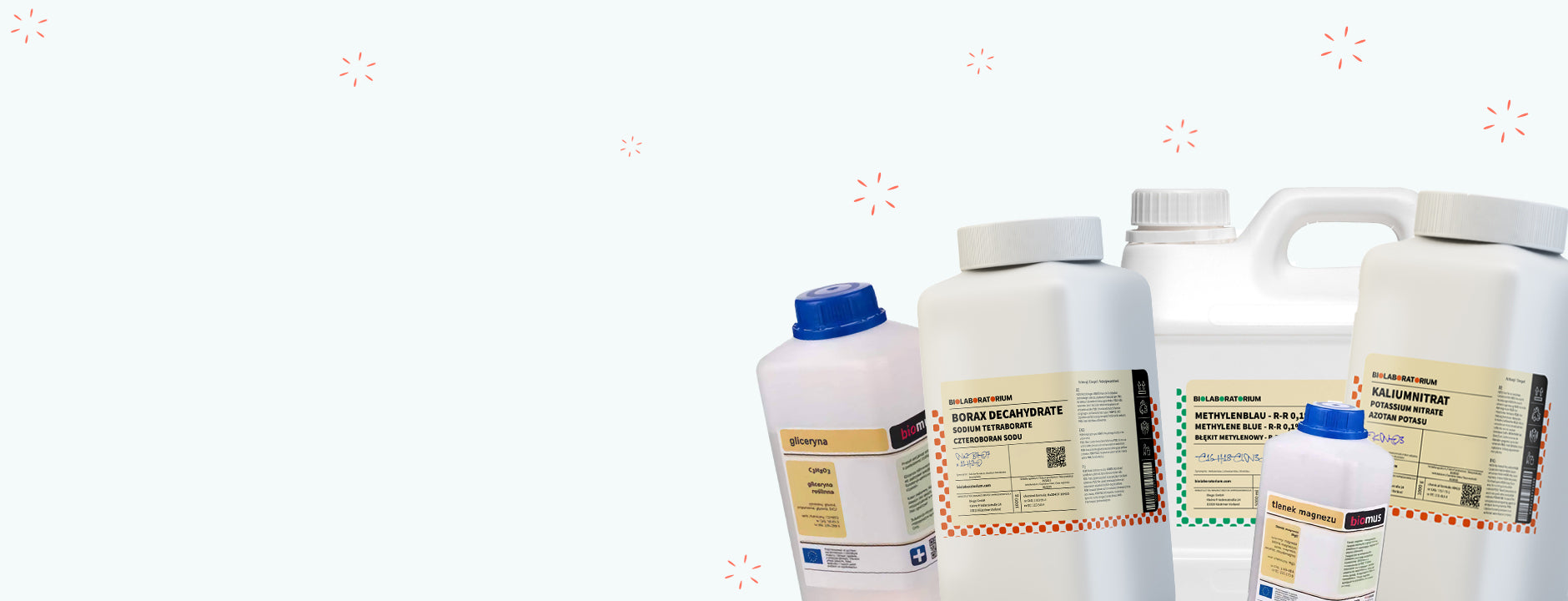Sodium thiosulfate – versatile helper in household, industry, and laboratory
Sodium thiosulfate, also known as fixer salt or hypo, is a chemical substance with a variety of useful applications. As a salt of thiosulfuric acid, it is used in numerous areas – from household to industry. In this article, we take a closer look at the chemical properties and the diverse practical uses of sodium thiosulfate.
Chemical properties of sodium thiosulfate
Sodium thiosulfate, with the chemical formula Na₂S₂O₃, is a white, crystalline powder that is easily soluble in water. It possesses a number of interesting chemical properties:
Redox activity
Sodium thiosulfate is a reducing agent and can thus reduce other substances. In reactions with oxidizing agents like chlorine or hydrogen peroxide, it is itself oxidized and forms sulfate.
Complex formation
The thiosulfate ion (S₂O₃²⁻) can form stable complexes with metal ions such as silver, mercury, or copper. This makes sodium thiosulfate an important complexing agent in analytics and photography.
pH Buffering
Aqueous solutions of sodium thiosulfate have a slightly basic pH around 7-8. This allows it to be used as a mild pH buffer.
Crystal Water
Sodium thiosulfate crystallizes with five molecules of crystal water (Na₂S₂O₃·5H₂O). This crystal water can be reversibly absorbed and released, making sodium thiosulfate an interesting moisture regulator.
Applications of Sodium Thiosulfate
The versatile chemical properties make sodium thiosulfate a useful substance in numerous applications:
Photography
In traditional photography, sodium thiosulfate is indispensable as a "fixing salt." It serves to dissolve the exposed silver halide crystals in photographs, thus completing the development process.
Water treatment
Sodium thiosulfate is used in water treatment to neutralize chlorine and bind heavy metals. It is applied to disinfect and detoxify drinking water, swimming pool water, or industrial wastewater.
Medicine and pharmacy
In medicine, sodium thiosulfate is used to treat cyanide poisoning. It reacts with cyanide to form less toxic thiocyanates. It is also used in dermatology to treat fungal infections and warts.
Chemical Industry
In the chemical industry, sodium thiosulfate serves as a reducing agent, complexing agent, and pH buffer. It is used, for example, for chlorine neutralization, metal recovery, or dye production.
Household and Garden
Sodium thiosulfate also has useful applications in households and gardens. It can be used to remove chlorine from drinking water, clean silver and copper items, or combat fungal infestations on plants.
Analytics and Laboratory
In chemical laboratories, sodium thiosulfate is an important reagent for analytical methods. It is used in titration, complexometry, and as a reducing agent in redox reactions.
Safety and Handling
Although sodium thiosulfate is generally considered relatively harmless, some precautions should be taken when handling it:
- Avoid direct skin contact and inhalation of dust.
- Store sodium thiosulfate dry and protected from moisture.
- Dispose of residues and solutions according to applicable regulations.
- Observe the safety data sheets and manufacturer's instructions.
With the right protective measures, sodium thiosulfate can be used safely and effectively in many applications. Its versatility makes it a valuable chemical helper in households, industry, and laboratories.

